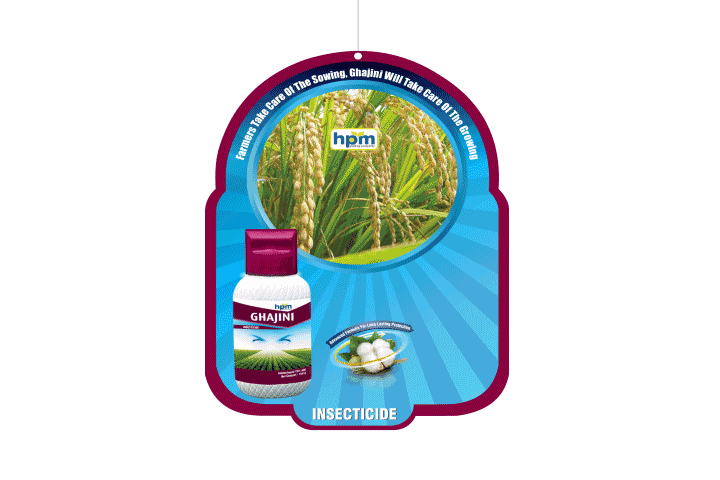- HOME
- ABOUT
- INFRA
- BUSINESS AREA
- KNOWLEDGE
- CSR
- Policy & Committe
- Activities
- Plantation Drive(Samba)
- Green Nation Clean Nation Plantation Drive
- Santosh Krishi Diwas
- 14 TH SENIOR ROLL BALL NATIONAL CHAMPIONSHIP
- Arm Wrestling Championship
- Clothes Distribution for Students
- Samuhik Vivah Bhiwadi
- Help him to Breathe
- WHEELCHAIR DISTRIBUTION KHUSHKHERA
- Girl's Adoption CSR
- Save Eyes Save Life
- CAREERS & HR
- NEWS
- CONTACT
- BLOG
QUESTIONS? CALL: 011-4507 1800

Stands for delivering best service and exceptional quality for crop protection.
Tel. (911) 45071800-899
Email: info@hpmindia.com
HPM Chemicals & Fertilizers Ltd.
209-210, Anupam Bhawan, Azadpur Commercial Complex Azadpur, Delhi-110033
GHAJINI (Imidacloprid 70% WG)
- It is used for control of sucking insects, including leaf / plant hoppers, aphids, jassids, thrips and white flies in various crops like rice, cotton.
- It is also effective against soil insects like termites and some species of biting insects.
- It is suitable for use in integrated pest management.
- Due to very less recommended dosages and long lasting effects it is relatively economical.
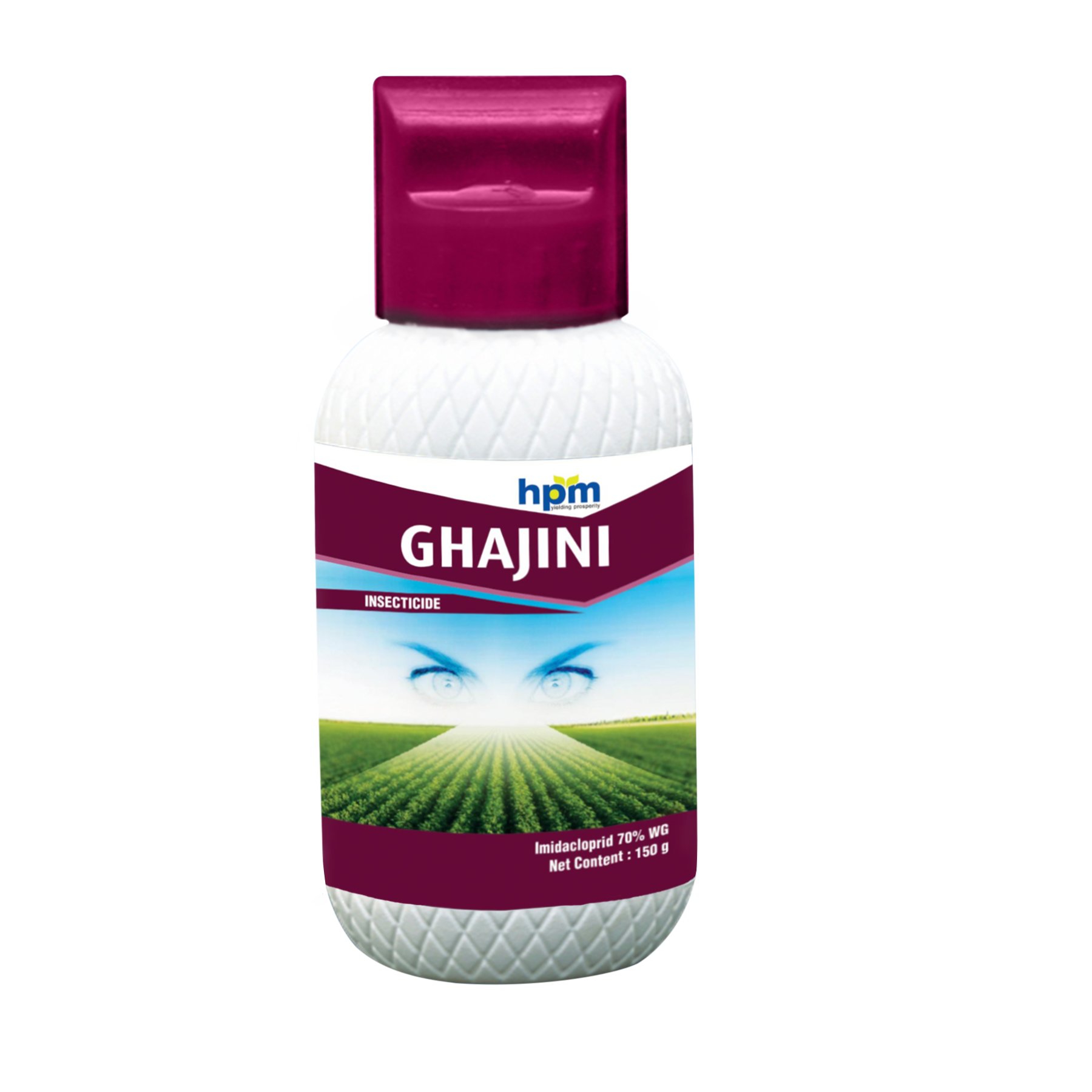
Imidacloprid 70% WG
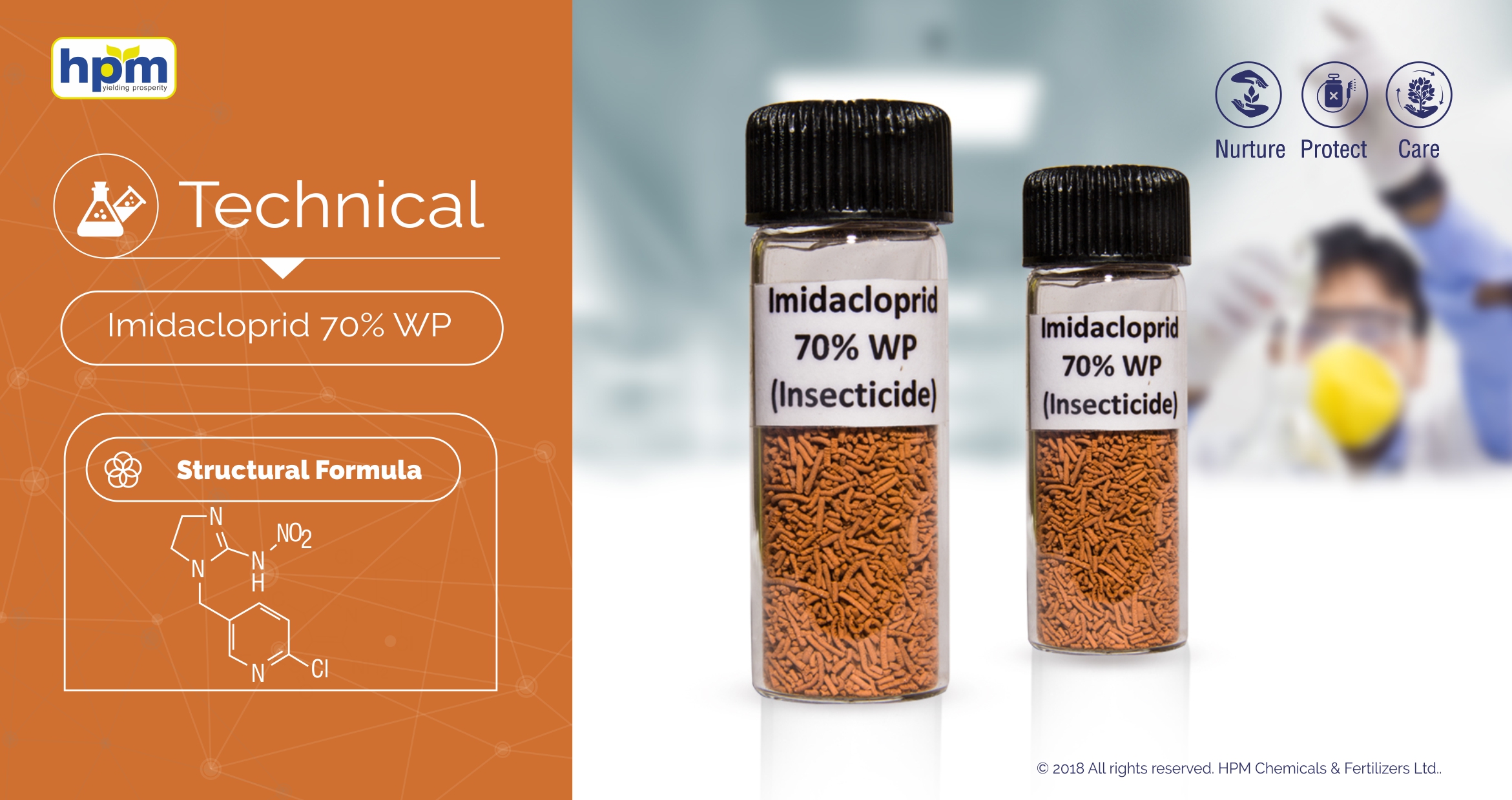
Ghazini from HPM India
| Product Name |
: |
Imidacloprid | |||||
| Type of pesticides |
: |
Insecticide | |||||
| Chemical name |
: |
1-[(6-chloro-3-pyridinyl)methyl]-N-nitro-2-imidazolidinimine | |||||
| Empirical Formula |
: |
C5H10CIN5O2 |
|||||
| CAS No. |
: |
[138261-41-3] | |||||
| UN No |
: |
2588 | |||||
| Packing group |
: |
III | |||||
| IMDG |
: |
Class.6.1 [Pesticides, solid, toxic n.o.s. (Imidacloprid)] | |||||
| Shelf-life |
: |
Two years under normal storage conditions. | |||||
|
DESCRIPTION |
|||||||
| Imidacloprid acts as an antagonist by binding to postsynaptic nicotinic receptors in the insect central nervous system. | |||||||
| Mode of action | |||||||
| Systemic insecticide with translaminar activity and with contact and stomach action. Readily taken up by the plant and further distributed acropetally, with good root-systemic action. | |||||||
| Applications It is used for control of sucking insects, including leaf / plant hoppers, aphids, Jassids, thrips and white flies in various crops like rice, cotton. It is also effective against soil insects like termites and some species of biting insects.. It is suitable for use in integrated pest management. Due to very less recommended dosages and long lasting effects it is relatively economical. | |||||||
| Structure Formula |
: |
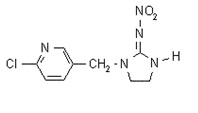
|
|||||
| SPECIFICATION | |||||||
| Appearance |
: |
Colourless crystal | |||||
| Imidacloprid content, percent by mass |
|
94% Min. | |||||
| Acidity (as H2SO4) % by mass (max) |
: |
0.5% Max. | |||||
| Moisture Content |
: |
1.0% Max. | |||||
| Compatibility |
: |
Incompatible with oxidation materials and acids. | |||||
| TOXICITY DATA | |||||||
| Mammalian Toxicity |
: |
WHO (a.i.) II; Moderately hazardous | |||||
| Environmental Toxicity |
: |
Imidacloprid is highly toxic to four bird species: Japanese quail, house sparrow, canary, and pigeon.In bobwhite quail (Colinus virginianus), Imidacloprid was determined to be moderately toxic.Imidacloprid is highly toxic on an acute basis to aquatic invertebrates, harmful to honeybees by direct contact, but no problems expected when sprayed into flowering crop or when used as seed treatment.it is slightly toxic for worms.Imidacloprid is moderately toxic and is linked to neurotoxic, reproductive and mutagenic effects. It has been found to be highly toxic to bees and other beneficial insects. It is also toxic to upland game birds, is generally persistent in soils and can leach to groundwater. | |||||
| Formulation |
: |
70% WG | |||||
| Trade name |
: |
GHAJINI | |||||
| Packing detail |
: |
2g, 30g, 75g, 150g | |||||
| Recommendations | |||||||
| Crop | Common name of the Pest | Dosage/acre(gm) | Dilution in Water (Liter) |
Waiting
Period
(days |
|||
| Cotton | Jassids,Aphids, Thrips | 12-14 | 150–200 | 7 | |||
| Rice | BrownPlant Hoppers, White BackedPlant Hoppers | 12-14 | 120–150 | 7 | |||
|
Okra
|
Jassids,Aphids, Thrips | 12-14 | 150–200 | 3 | |||
|
Cucumber
|
Aphids& Jassids | 14 | 200 | 5 | |||
| Name | Details |
|---|---|
| Product Name | Imidacloprid 70% WG |
| UID | HPM2000K094 |
| Brand Name | Ghajini |
| Technical Name | Imidacloprid 70% WG |
| Packing Details | 150 gm,75 gm, 30 gm,2 gm. |
| Registration No | CIR-57,379/2007-Imidacloprid(WG) (277)-1108 |
| Toxicity Symbol | 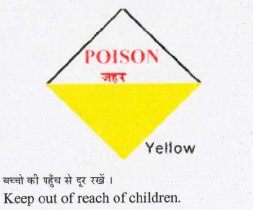 |


